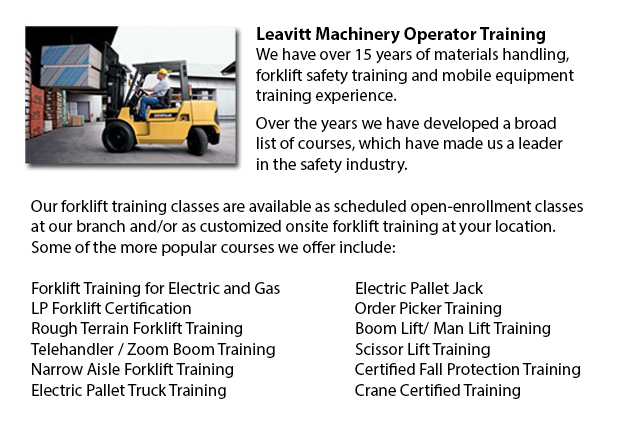
As a international leader in forklift trucks, Hyster consistently strives for superiority in product quality and safety. However, it began as a producer of lifting equipment as well as winches. Most of its production was focused in the Pacific Northwest and dealt primarily with the lumber and logging industry. A couple years after the first forklift trucks were invented Hyster became synonymous with quality production. Over the preceding eighty years Hyster has continued to get bigger and grow its product line. The expansion of its products coupled with its desire to stay service oriented has allowed Hyster to grow into the intercontinental participant it is today.
In the period between 1940 and 1960, Hyster continued its progress throughout the western world. In 1946, Hyster opened a plant in Illinois that was completely committed to bulk manufacturing trucks. This allowed Hyster to force its expenses down and, at the same time, offer a better quality product at industry aggressive prices. In 1952, Hyster began its first foray in to the international production market through opening its first plant in the Netherlands. The Netherlands plant was originally designed to produce two products: Hyster 40" and the Karry Kranes.
Between the late 50's through the 60's, Hyster continued to expand into new markets. They began building container handlers in the United states in 1959 to meet with the ever growing demand for transportation goods. In 1966, Hyster developed a technique for allowing a lift truck to go both forward and backwards using the same pedal. This pedal was labeled the Monotrol pedal, which revolutionized the industry. Later in the decade Hyster opened a R&D centre in Oregon that was focused on enhancing the design and performance of forklifts. The centre is still one of the world's top testing facilities in the materials handling industry.
In the 1960's Hyster experienced rapid growth. Much of the manufacturing was shifting in the direction of bulk manufacturing. To keep up with the times Hyster was inclined to focus on the evolution of these mass markets. As a consequence, in 1970, the XL design philosophy was born. The XL design philosophy allowed Hyster to afford better quality at a more reasonable price. A further expansion in manufacturing capabilities was necessitated by the demand in Europe for Internal Combustion Engine Vehicles. To plug this hole, a plant in Craigavon, Ireland was opened in 1980. Through the 80's Hyster continued to focus on developing industry leading forklifts. The Hyster brand name was recognized throughout the globe for its dedication towards excellence. This attention to quality produced a lot of suitors for the company. In 1989, a large multinational corporation based in Ohio called NACCO Industries purchased Hyster and started an aggressive expansion strategy. NACCO rapidly replaced the XL philosophy with a more driver oriented lift truck that focused on operator comfort, which is known as the XM generation of trucks.
The evolving requirements of Hyster's clientele, led by improvements in supply chain management, required Hyster to continuously innovate and make investments in new production technologies throughout the next few decades. Acquisitions and investments were made in the US, Italy, Netherlands, and numerous other places throughout the globe. All of these investments have made Hyster a world leader in the forklift market. Recently, Hyster celebrated its 80th anniversary as an industry leader of materials handling equipment, which comprises more than three hundred various versions of forklift trucks.
-
Scissor Lifts
The scissor lift, often known as a table lift, is an industrial lift that has been tailored for usage within wholesale and retail environments. Industrialized lifts have been used for decades within the manufacturing and production industries to effi... More -
Scissor Pallet Trucks
Scissor lift pallet trucks are created to have the ability to transfer and stack pallets with an integrated lifting device that allows the pallets to be elevated. This equipment is extremely valuable for working in restricted spaces that will not a... More -
Terex Forklift
Terex Forklifts stands by their goal to provide a dependable and cost effective product line. They take satisfaction in making equipment that improves their customers’ return on investment. Through numerous divestures and acquisitions intended to exp... More -
Reach Trucks
Reach Trucks are industrial equipment utilized for loading and storage in certain businesses that maintain storage of cargo to finished commodities on a pallet which are then inserted into lofty shelving units. This loading apparatus helps businesses... More -
Boom Lifts
Boom lifts are machinery that has a platform that can be lowered or lifted to a range of heights, therefore making this piece of equipment an important necessity in a wide range of professions. Available in several specialized kinds such as aerial li... More

Forklift Certification Vernon
TOLL FREE: 1-888-254-6157
Vernon, British Columbia
forkliftcertificationvernon.com
Email Us
About Us


